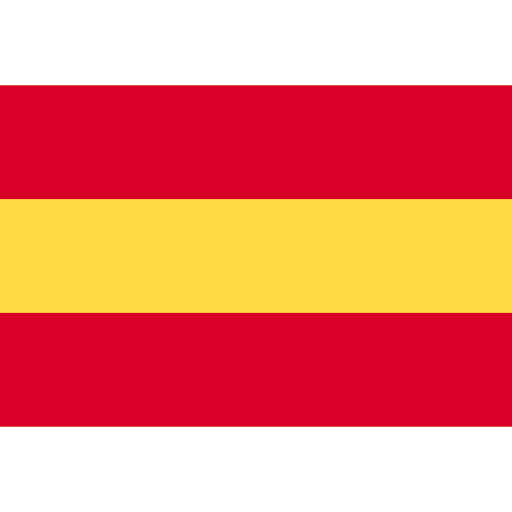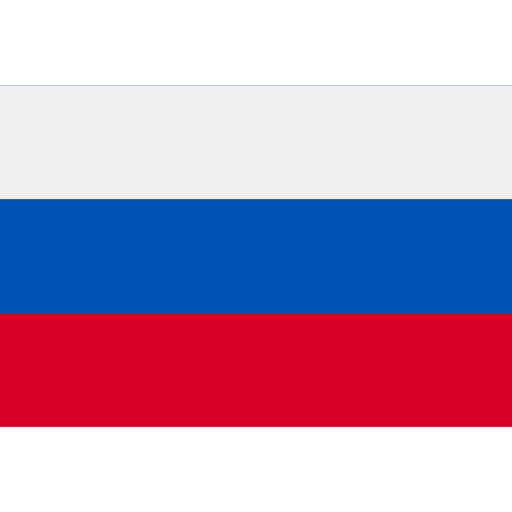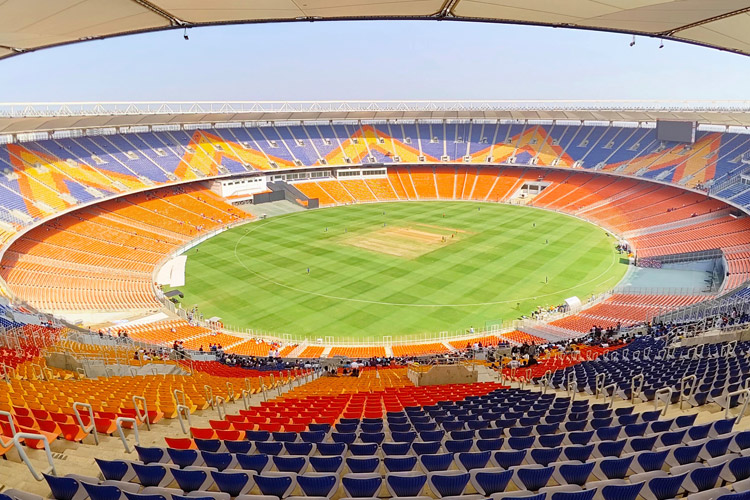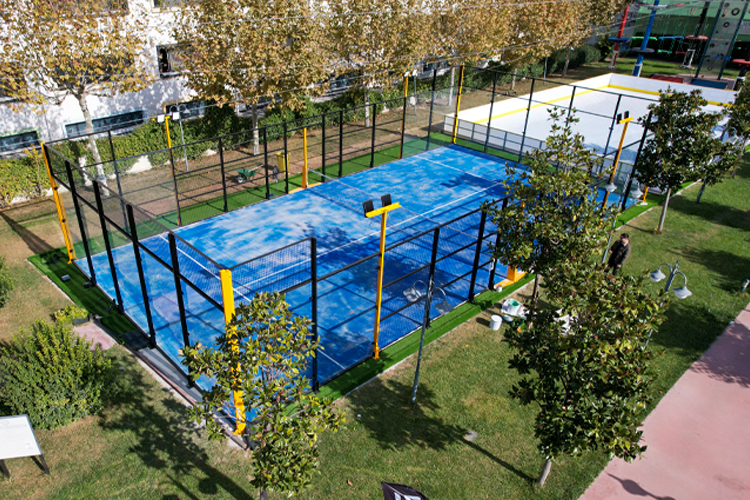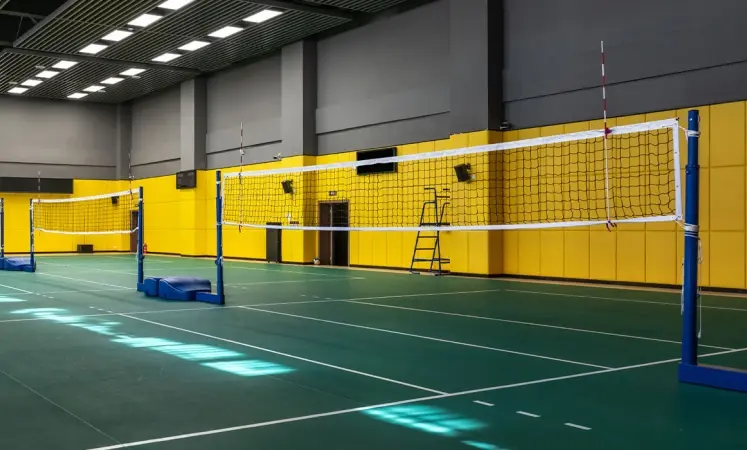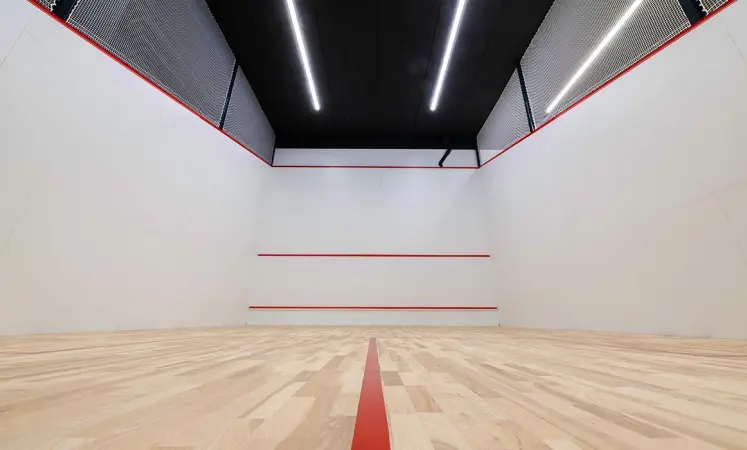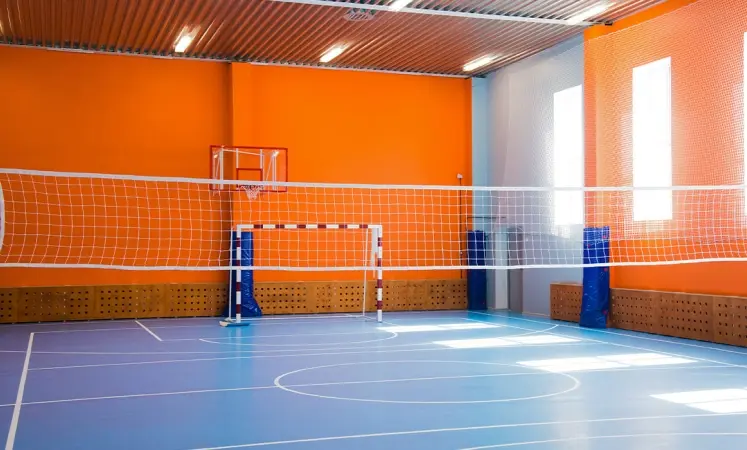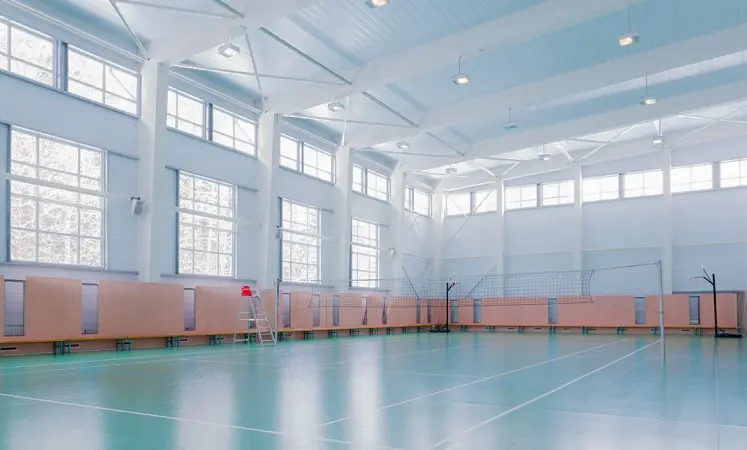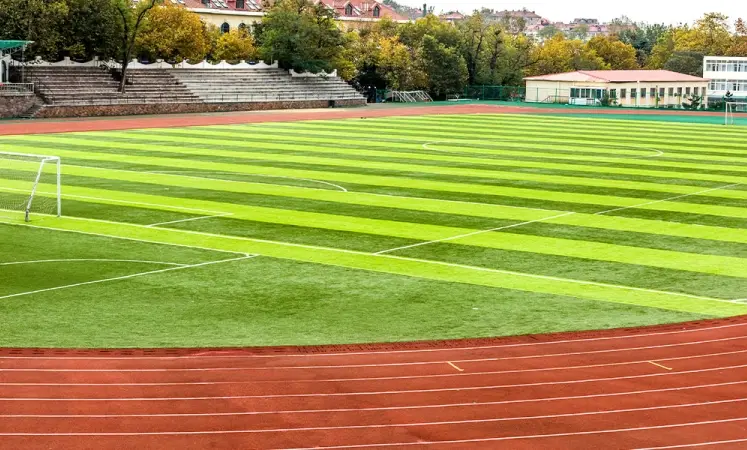Best Olympic Swimming Pool Construction
Have you ever noticed the swimming pools in swimming races? Don't you think they are different? How about having an Olympic swimming pool for sports fans and learning the details?
What is Olympic Swimming Pool?
An olympic swimming pool is a standard size swimming pool used in international competitive swimming events, including the Olympic Games. The dimensions of an Olympic swimming pool are 50 meters long, 25 meters wide, and at least 2 meters deep. The pool is divided into ten lanes, each 2.5 meters wide, and has a minimum water depth of 2 meters. It is also possible to find a semi-olympic swimming pool.
The pool is typically made of concrete and is fitted with a sophisticated filtration and circulation system to maintain water quality and temperature. The water temperature is usually maintained between 25-28°C (77-82°F) for competition.
The Olympic swimming pool is used for several swimming events, including freestyle, backstroke, breaststroke, butterfly, and individual medley. The pool is also used for synchronized swimming and diving events in addition to being found in many countries and used for local and national competitions, as well as international events.
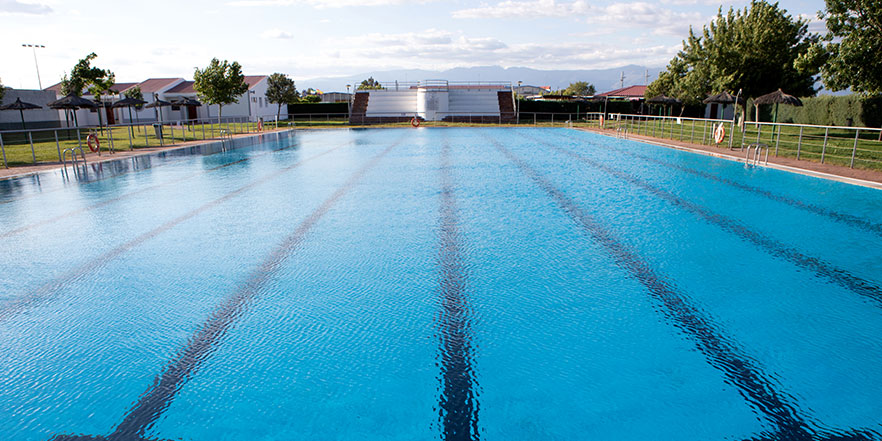
What Are the Types of Olympic Swimming Pools?
There are two main types of Olympic swimming pools as follows:
- Indoor Pools
Indoor Olympic swimming pools are usually found in large sports complexes or stadiums. They are designed to be enclosed structures with temperature control and lighting. These pools are used for competitions and training throughout the year, regardless of weather conditions.
- Outdoor Pools
Outdoor Olympic swimming pools are usually found in large outdoor sports facilities or stadiums. These pools are designed to be exposed to natural light and temperature, and they are usually covered by a roof or canopy to provide shade and protect against inclement weather. Outdoor pools are typically used for competitions during the summer months when weather conditions are favorable.
Both types of Olympic swimming pools have the same dimensions and specifications, including 50-meter length, 25-meter width, and 2-meter depth. The pools are divided into ten lanes, each 2.5 meters wide, and are fitted with a sophisticated filtration and circulation system to maintain water quality and temperature.
What Differentiates Olympic Swimming Pool?
There are several features that differentiate an Olympic swimming pool from other swimming pools:
- Size: An Olympic swimming pool is much larger than a standard pool, with a length of 50 meters, a width of 25 meters, and a minimum depth of 2 meters. This allows for competitive swimming events to take place, including individual and relay races.
- Lane Markings: Olympic swimming pools have ten lanes, each 2.5 meters wide, which are marked with different colors to help swimmers stay in their lanes and navigate the pool during races.
- Starting Blocks: Olympic swimming pools have starting blocks at each end of the pool, which is used by swimmers to launch themselves into the water at the start of a race.
- Water Quality: Olympic swimming pools have a sophisticated filtration and circulation system to maintain water quality and temperature. The water temperature is usually maintained between 25-28°C (77-82°F) for competition.
- Lighting: Olympic swimming pools are usually well-lit, with lights installed above and below the water to help swimmers see the lane markers and their surroundings.
- Spectator Seating: Olympic swimming pools are typically located in large sports complexes or stadiums, with seating for thousands of spectators to watch the competitions.
All of these features combine to create a world-class swimming facility that meets the high standards of international competitive swimming events like the Olympic Games.
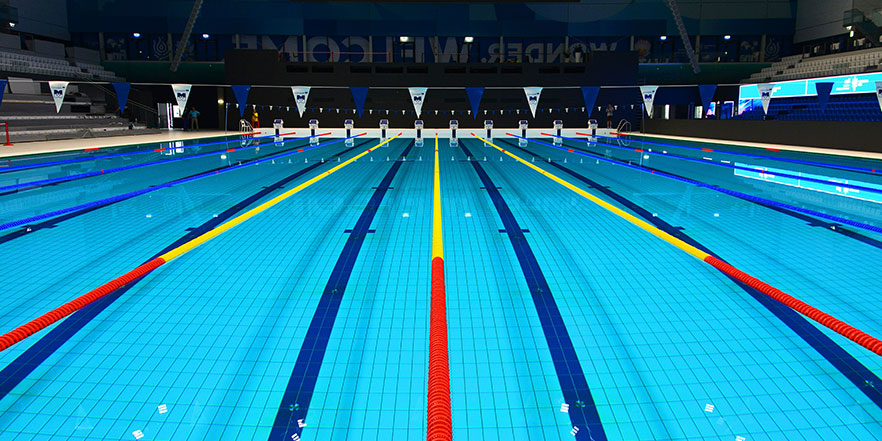
What is the Cost of an Olympic Swimming Pool?
The cost of building an Olympic swimming pool can vary greatly depending on several factors such as location, materials used, labor costs, and additional amenities or features. However, it is generally accepted that building an Olympic swimming pool is a significant investment that can cost millions of dollars. If you also want to get the best Olympic swimming pools, you must find a leading olympic swimming pool builder.
Other News





